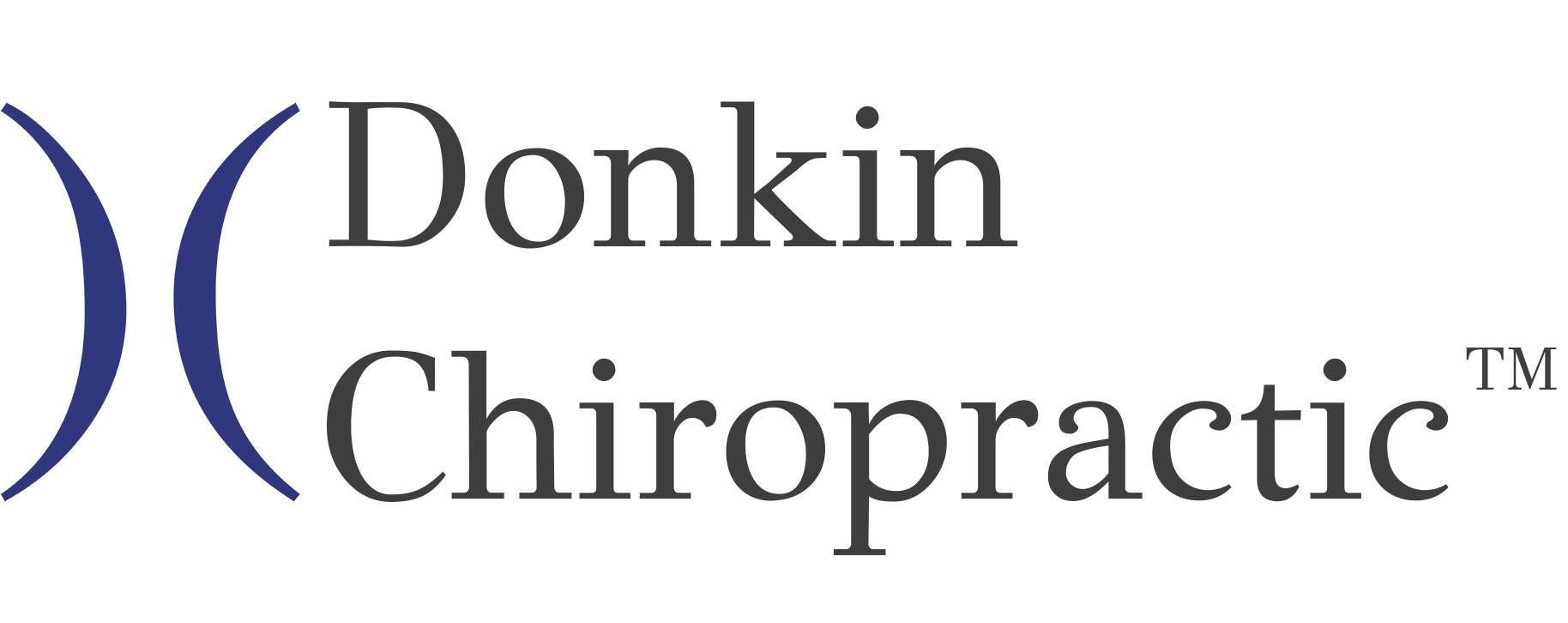Frequently Asked Questions
How can I best communicate with my doctor of chiropractic?
Since your main mission in acquiring the services of a chiropractor is to relieve pain and get well, you must communicate openly and freely about the history and course of events that led you to the chiropractor’s office. Remember to be candid and accurate when the doctor questions you during the office consultation. Your doctor of chiropractic will also expect you to communicate clearly during the examination and throughout any subsequent treatment visits.
Another integral part of a successful relationship is cooperation. This means that when the doctor asks you to relax or perform movements or other activities during the examination or treatment, that you do so to the best of your ability.
Closely aligned with cooperation is participation. The doctor-patient relationship is not a spectator arrangement. You have the opportunity to be a full partner in your own recovery. During initial treatment, it may be difficult to get in the habit of participating in your health care by performing health activities such as therapeutic stretching or exercise, walking, swimming, and other lifestyle and nutritional recommendations. If you work with your doctor to modify negative habits or lifestyle behaviors and develop a personal plan for staying healthy, you will notice the positive effects of your efforts.
Louis Sportelli, D.C., has stated that “our profession is much more aware of trying to harmonize with the patient’s goals. It’s almost inadvertent with us, because we are a hands-on, touching profession. And our touching involves not only the examination, but also therapy. But we also approach the matter consciously in three principle ways: we allow the patient to participate in his or her own healthcare; we concentrate heavily on the education of the patient; and we have substantial interest in the patient’s lifestyle, and in altering the lifestyle if, in fact, it is detrimental”
Communication, cooperation, and participation are directly within the realm of your control and will help determine the outcome of your chiropractic treatment. Make your relationship with your doctor of chiropractic a lasting and successful one.
What is whiplash?
It’s a common name for an injury when the neck is “whipped” – when there is a sudden hyper-tension (rapid backward motion) followed by sudden hyper-flexion (rapid forward motion).
Whiplash can occur when the body pitches forward suddenly from a stumble, fall or other accident. It happens most typically in auto “rear-enders.” The driver of the front car, usually unsuspecting and relaxed, is hit by the force of another car slamming into him from behind. The driver’s (and/or passenger’s) head first snaps backward and then forward by the quick stopping motion. This whipping motion usually strains or tears the muscles, ligaments and soft tissues of the neck and frequently injures the cervical spine as well.
Will I know if I get a serious whiplash injury?
A. Yes, but not always right away. You probably will feel immediate pain, but sometimes the symptoms take hours, or even days, to show up. Reactions to whiplash might include a stiff and painful neck, sever restriction of movement of the head and neck, shoulder and arm pain, headaches, visual disturbance and others.
Whether or not you feel the immediate symptoms, it’s wise to be checked by your doctor of chiropractic as soon as possible. Whiplash has potentially serious complications.
How can I avoid whiplash injuries?
For on thing, make sure that the headrests in your car are high enough to touch your skull. This can help prevent whiplash injury if you are rear-ended. Adjust their height for different drivers and passengers. Be aware, too, of unsafe or erratic drivers, particularly those behind you, and try to avoid them. Practice defensive driving.
But if you do suffer this most common accident, use ice packs on your neck, rather than heat, during the first hours and see your doctor of chiropractic immediately. Chiropractic care might include the use of ice packs, cervical support through a soft foam collar, moist heat and other physiological therapeutics, with specific manipulation to restore normal motion, function and alignment of the cervical vertebrae as soon as indicated.
What is Scoliosis?
Scoliosis, a disease affecting about four percent of youngsters between the ages of 9 and 14, results in an abnormal curvature of the spine that can become progressively worse. Unless it’s detected early and treated, it can cause deformity that’s difficult to correct. But when detected early, its progression can be halted in many cases.
How can scoliosis be detected?
Your doctor of chiropractic is highly experienced in screening, diagnosing and treating scoliosis. Also there are some screening programs in schools designed to detect it. A home check is also a good place to start.
How do I do a home check?
Have the child strip to the waist and face away from you. Signs of possible scoliosis are an obvious curve in the spine, a tilted head or one shoulder or hip higher than the other one.
Now have the youngster grasp hands in front and bend over at the waist. Do the ribs appear higher on one side than the other? Have him turn sideways and bend down again. Is there an excessive curve or angle in the upper back rather than the normal gentle curve?
If you see any of these signs, report them to your doctor of chiropractic as soon as possible and arrange for a thorough examination. When detected and diagnosed early, scoliosis can usually be treated successfully with conservative methods.
What kind of treatments are used?
For early mild cases, regular exams are recommended along with flexibility exercises and mild manipulative therapy. Moderate cases may require a scoliatic brace along with chiropractic adjustments designed to pull the spine into a more normal position and to strengthen muscles. Electric muscle stimulation may also be used in some situations. Only the extremely severe cases may require surgery and hospitalization.
The great majority of young people treated for scoliosis can expect little if any loss of mobility or change of appearance. They will be fully capable of taking part in all school activities, including sports. Remember, the earlier the detection and necessary treatment begins, the better the results.
Copyright © 2011 Scott W. Donkin, D.C.

 Scott Donkin, DC, DACBOH, is an internationally published author, chiropractor, lecturer, and consultant who has been in private practice in Lincoln, Nebraska for over twenty-five years.
Scott Donkin, DC, DACBOH, is an internationally published author, chiropractor, lecturer, and consultant who has been in private practice in Lincoln, Nebraska for over twenty-five years.

Leave a Reply
Want to join the discussion?Feel free to contribute!